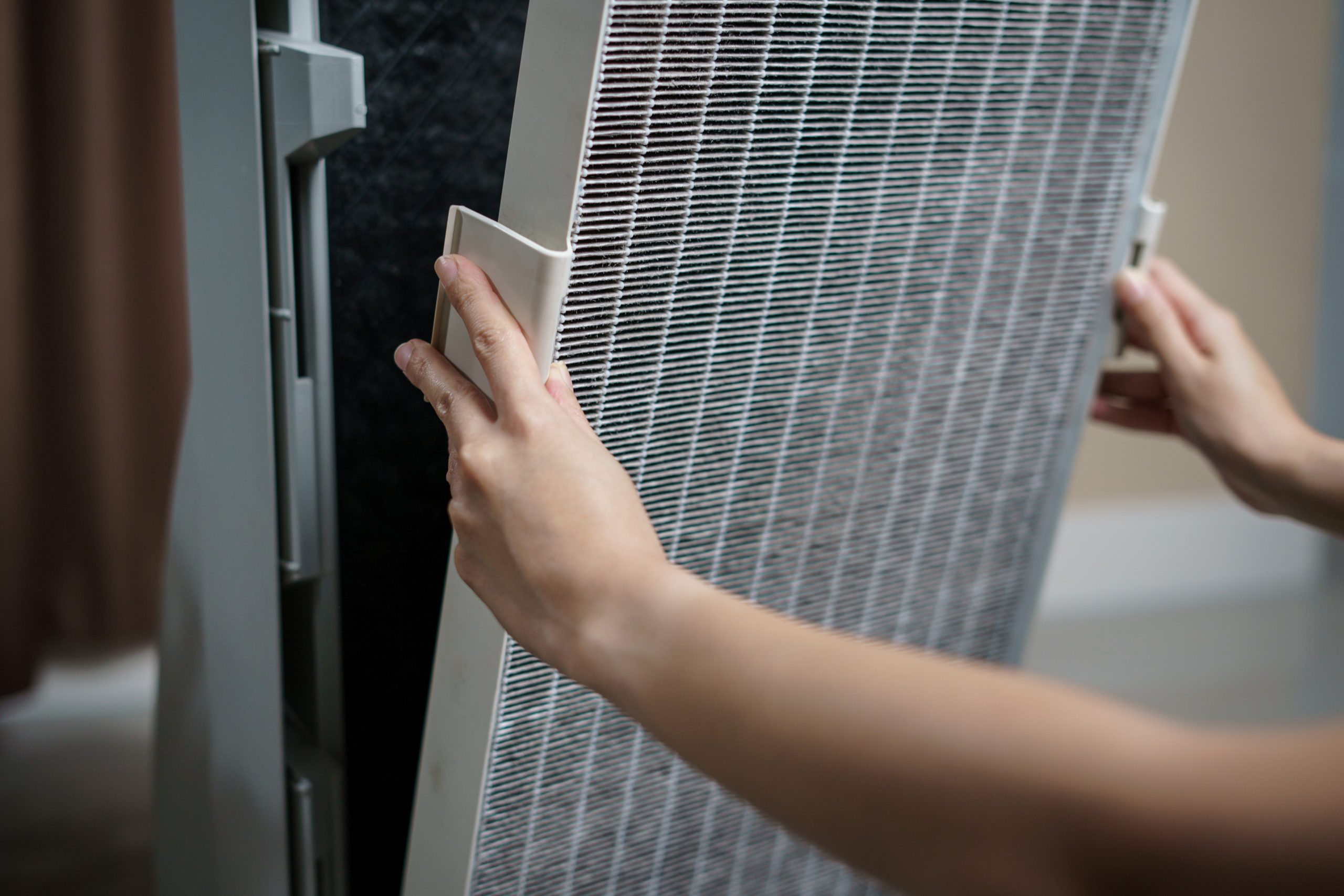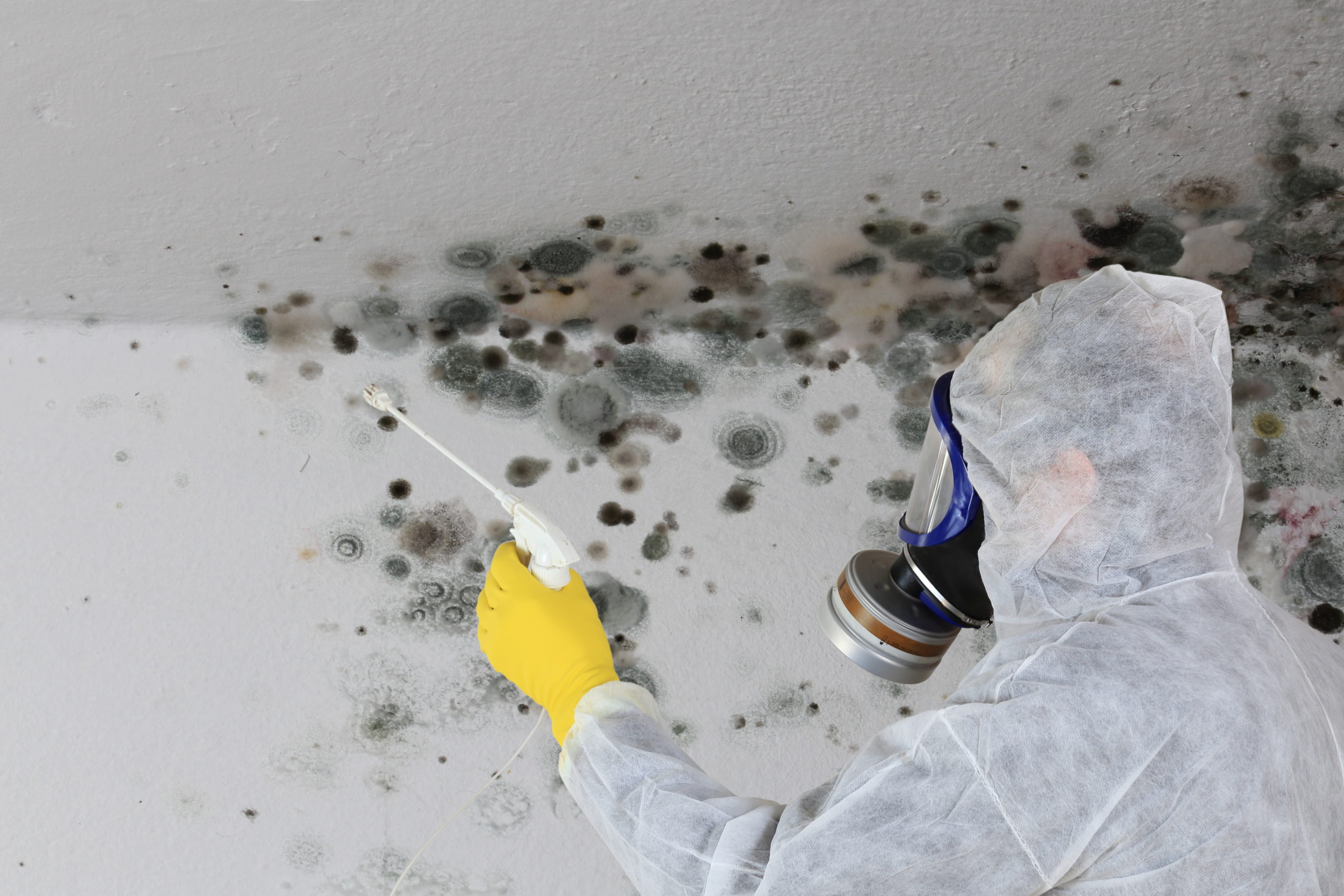There is a distinct difference when it comes to cleaning, sanitizing and disinfecting, so it’s important to understand the terms so you can select the right product for the job.
Walking through the aisle of cleaning products at your local store can make your head spin. There are products to clean the bathroom, the kitchen, glass, wood and floors. There are green and environmentally friendly products. There are towels, wipes, cloths, mops and brooms. There are products that shine, sanitize, disinfect and deodorize.
Whew! All you want to do is clean your house. So, how do you choose? And how to do know whether you need a cleaner, a sanitizer or a disinfectant – don’t they all do the same thing?
Actually, there is a distinct difference when it comes to cleaning, sanitizing and disinfecting, so it’s important to understand the terms so you can select the right product for the job.
According to the Centers for Disease Control and Prevention:
· Cleaners remove soil, dirt, dust and germs. They lift dirt and germs from off the surface so they can be rinsed away with water.
· Sanitizers reduce germs from surfaces but don’t completely get rid of them. They simply reduce the germs to levels that are considered safe.
· Disinfectants are chemical products that destroy or inactivate germs to prevent them from growing. Disinfectants have no effect on dirt, soil or dust and are regulated by the EPA.
Because cleaners, sanitizers and disinfectants have unique purposes and properties, it’s important to use each properly and according to its intended purpose. That means read the label first.
Most people don’t use disinfectants as they are intended. In most cases, you should clean a surface to remove any dirt and soil. Then apply the disinfectant and let sit for 10 minutes before wiping it away. Known as “contact” or “dwell” time, this gives the disinfectant time to actually kill the germs.
As the CDC points out, if a disinfectant label notes the “product will inactivate 99.99% of germs, and the contact time of 1 minute is in the instructions, this means that this disinfectant will inactivate or kill 99.99% of germs in 1 minute if you follow the instructions.”
OK, so hit the cleaning products aisle armed with these definitions and you’ll be able to quickly determine whether you need to sanitize the kitchen counter or disinfect the toilet seat.





